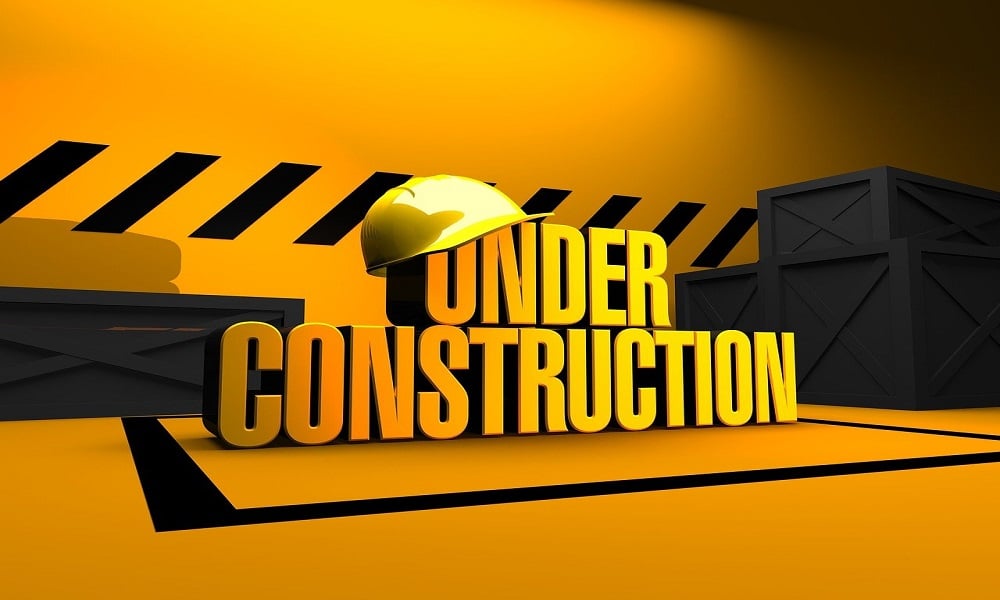The construction industry may have a bit of a rep for resisting change. Regardless of the historical reasons behind this resistance, we’ve already seen these attitudes and barriers to adopting innovation start to break down as the industry is slowly realizing the fact that they have to adapt and move ahead with the times.
As a result, we’re confident that 2025 will be a year that sees substantial innovation and evolution, in a number of different areas. While there are obviously far too many to cover at once, we’ve picked our top three to share with you, so we can provide you with the insight you might be looking for. From sustainability targets to automation, here’s what to watch out for if you really are interested in knowing as to what is begging to shake up this industry.
Sustainability targets
In 2025, it’s almost inevitable that sustainability targets will become increasingly important as it has with so many other industries, sustainability is the current buzzword and everyone wants in. Whether these targets are government-mandated or adopted in order to appeal more to certain target audiences, they stand to impact almost every aspect of construction work.
There are obviously multiple different components to improving sustainability in the construction industry as. This will include more general tactics to reduce the environmental impact of construction projects, such as using only sustainably sourced timber for example, and this is not only something that is environmentally friendly, but also is something that conscientious customers lay a lot of stress on.
However, it will also include efforts to limit the impact that construction projects have on the immediate environment, such as installing protective trackway from companies like Davis Track Hire. It’s important to cover all of your bases and take sustainability issues seriously. As there are multiple moving parts to this issue, and just taking care or paying attention to only a few, won’t cut it.
Automation
While the construction industry has, in some respects, resisted automation for the most part, this is set to end as automation is something that is simply unavoidable in the fast moving tech age. This is also largely due to the emergence of numerous solutions that can massively smooth out multiple areas of construction projects, hence making operations much more efficient and timely. This can greatly affect the bottomline of projects in a positive manner.
As robotics technologies become increasingly competent and affordable, we can expect to see them adopted in more and more contexts, such as with structures that are 3D printed in concrete. However, we can also expect to see the adoption of software (often AI-powered) solutions to take care of other, non-physical aspects of construction planning processes.
It’s vital that you aren’t the last company around to benefit from these kinds of solutions. They provide a competitive advantage (and sometimes a USP) that most businesses simply can’t afford to miss out on as you will surely get left behind if you are late to the party and with things moving forward so rapidly as far as AI is concerned, even a short period of time could set you back ages.
Cultural changes
The construction industry is also experiencing a cultural shift. Certain attitudes are starting to break down, with increasingly diverse work teams becoming the norm. It’s important that construction companies catch up with the times in this context, ensuring that both company culture and hiring practices match employee expectations. This is very important if you want the workplace to be inclusive and comfortable for all the employees.
This also includes encouraging a safer, more sustainable workplace that attracts a certain kind of worker, someone who believes in these same values as you do and helps take these values forward, every day when they show up to work.
These changes are only set to solidify as we get further and further into 2025, and it’s important to meet these changes head-on rather than react to pressure when it’s already too late. Basically, pre-empting these changes will ensure you don’t end up being behind the curve.
These aren’t the only ways that the construction industry is set to evolve in 2025, but they’re likely the most broadly applicable as far as the industry in general is concerned. Hence, it’s worth keeping an eye on relevant sources of industry news, to ensure that you don’t get caught behind the times. These kinds of changes can take time to adapt to and implement, and you want to remain as flexible as possible.


